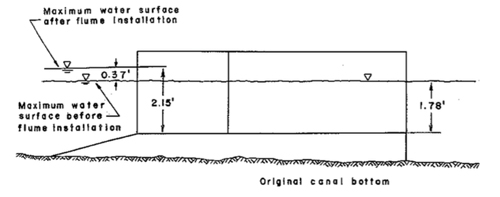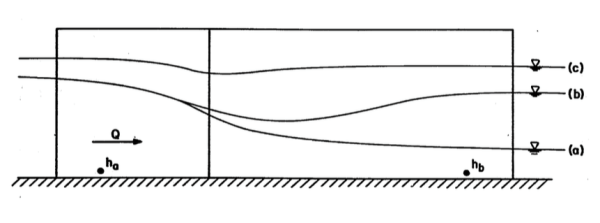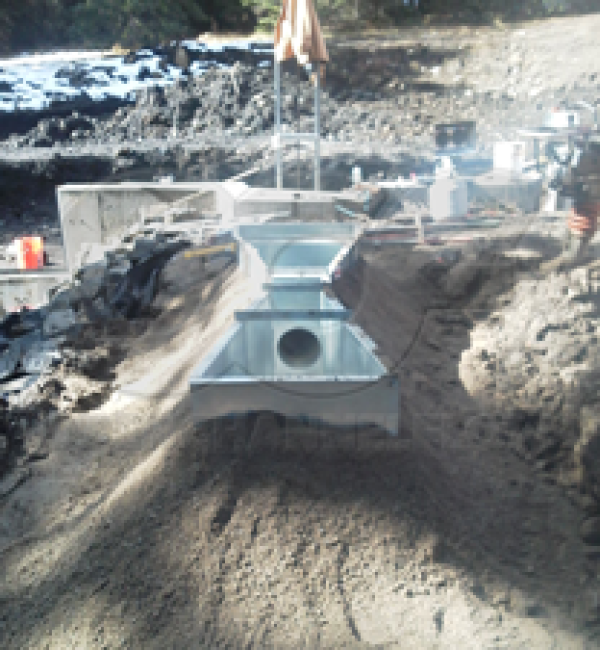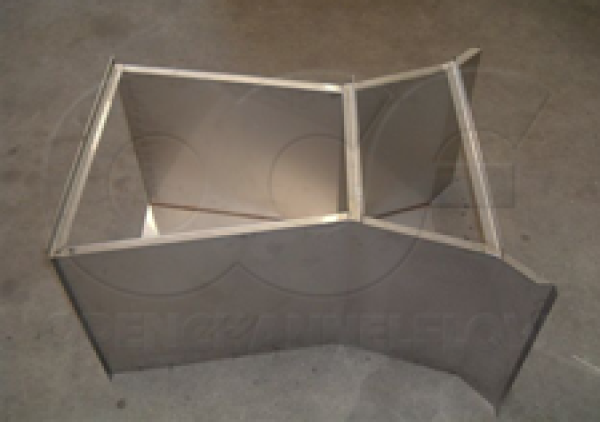This website uses a variety of cookies, which you consent to if you continue to use this site. You can read our Privacy Policy for
details about how these cookies are used, and to grant or withdraw your consent for certain types of cookies.
Installing Cutthroat Flumes in Existing Channels to Insure Free-Flow
If circumstances allow, it is preferable to have a flow measuring device operate under free-flow conditions. The obvious advantage is that only an upstream flow depth need be measured to determine the discharge.
The procedure to follow for installing Cutthroat Flumes in existing channels to operate under free-flow conditions is listed below.
- Determine the maximum flow rate to be measured.
- At the site selected for installing the flume, locate the high-water line on the canal bank and determine the maximum depth of flow.
- Using the free-flow equation, compute the depth of water that corresponds to the maximum discharge capacity of the canal.
- Place the floor of the flume at a depth which does not exceed the submergence transition (St) multiple by maximum water level (Hmax) (St x Hmax) below the high-water line. Generally, the flume bottom should be placed as high in the canal as grade and other conditions permit to insure free-flow.

Example:
- Placement of a 2.2-foot flume to operate under free-flow is desired in a canal with a maximum discharge of 26.0 CFS.
- The value of Hmax is calculated to be 2.15-feet.
- Multiplying Hmax by St (0.83 for the flume size) give a depth to the flume floor of 1.78-feet.
- Hence the flume floor should be set no lower than 1.78-feet below the original maximum water surface.
- The head loss is then calculated as Hmax – depth to flume floor = 2.15 – 1.78 = 0.37-feet.
- A larger flume can be used if the head loss is too great.
Source: Rectangular Cutthroat Flow Measuring Flumes
Related Blog Posts
Explore more insights in our blog.

LOCATIONS IN ATLANTA, GA & BOISE, ID




